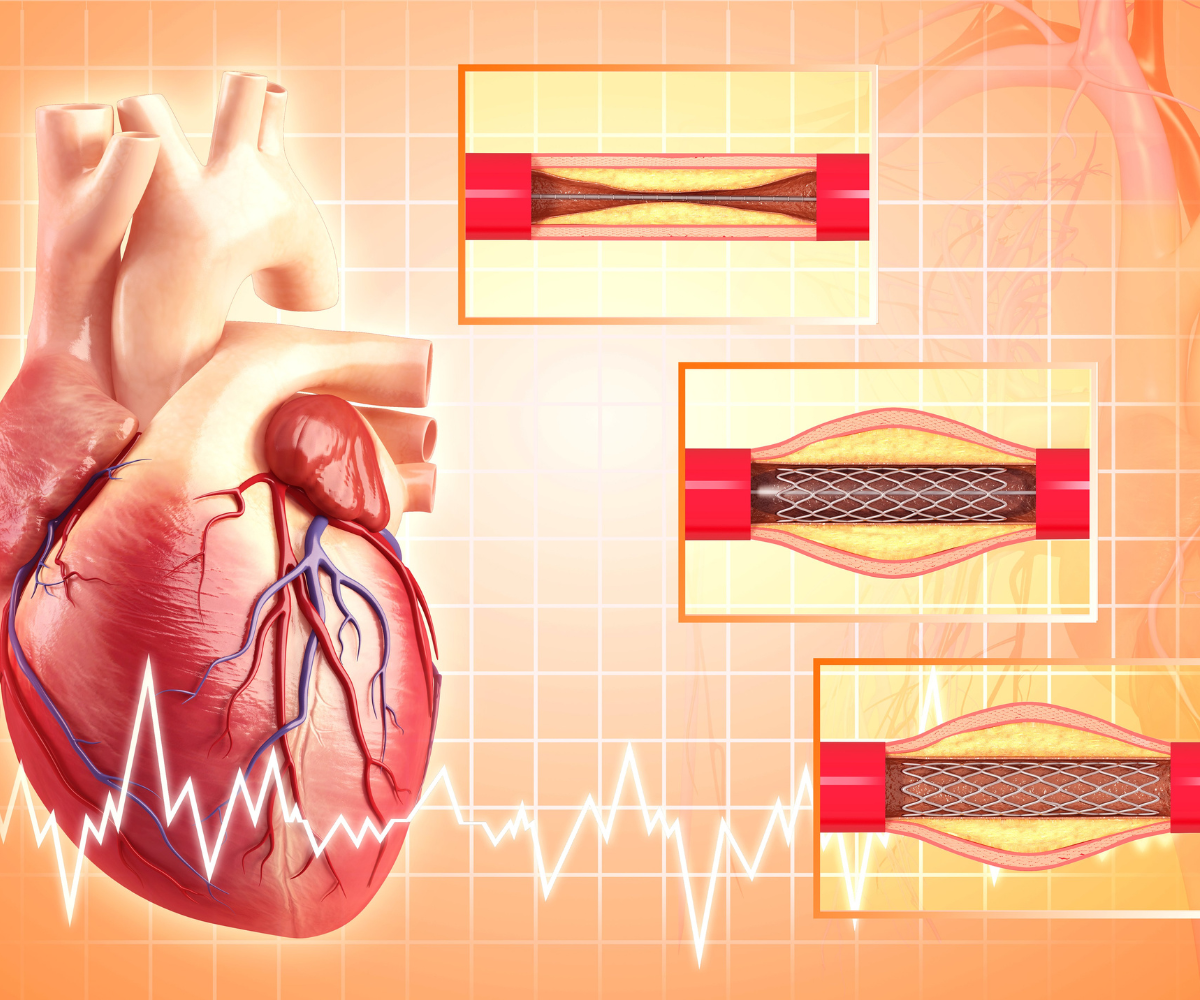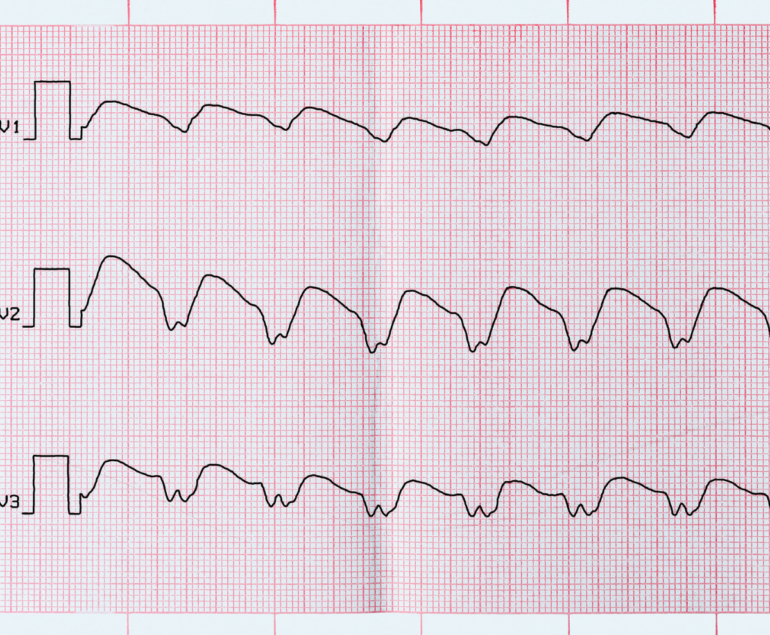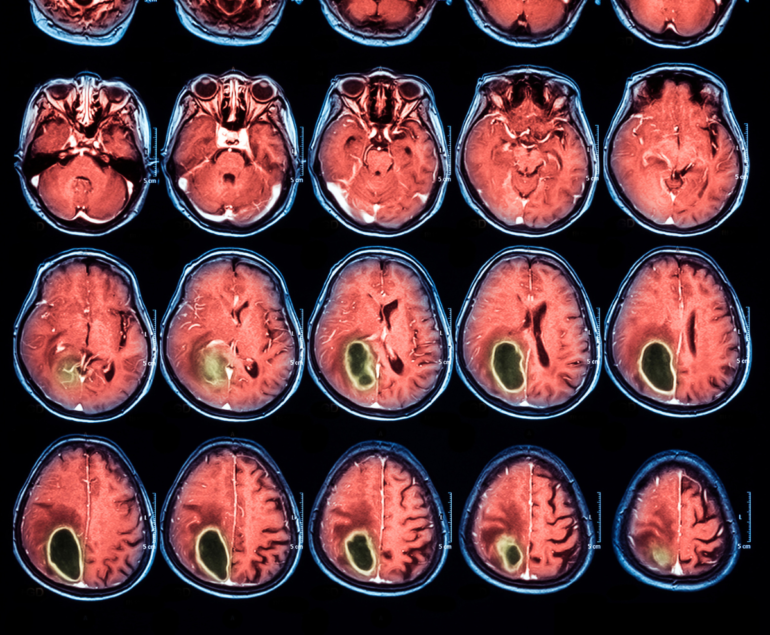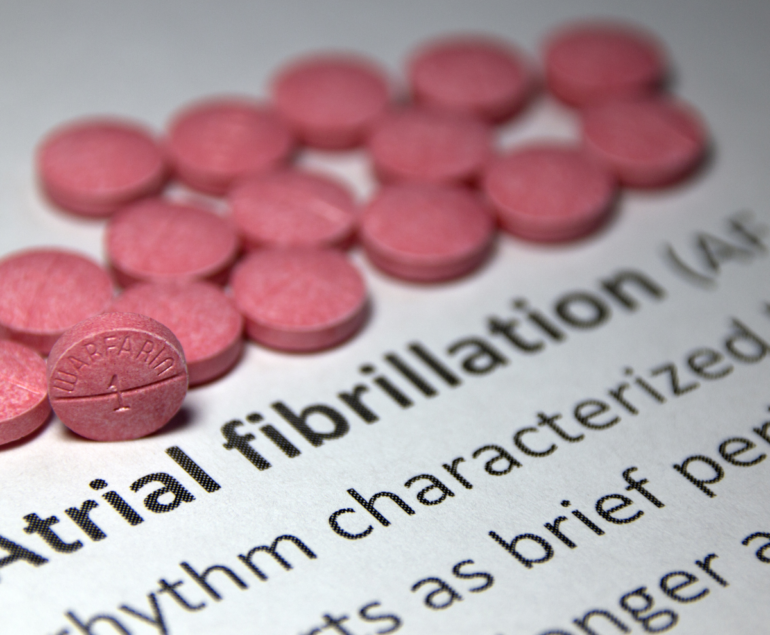Coronary artery disease :
Coronary artery disease (CAD) occurs when the Coronary Arteries are unable to transport blood, oxygen and nutrients to the heart.
There are 3 types of CAD
Obstructive (Atherosclerosis): Imagine your blood vessels as a hose, your coronary arteries the hoses that provide blood to the heart so that it can pump blood to the rest of the body.Now imagine that the hose (arteries) starts to build with sand or sediment (calcium), eventually over time this will restrict the amount of flow of water (blood) that is able to pass.
Non Obstructive: Take the hose analogy again, and apply it here. However, Instead of the hose filling with sediment, Imagine someone has kinked the hose. This can be caused by anatomically smaller coronaries or if the heart muscle is squeezing too tight on the vessels.
Spontaneous coronary artery dissection (SCAD): This is an uncommon form of CAD. The cause of this is not widely understood and is often misdiagnosed. SCAD is when the vessel tears which is believed to be due to the artery wall thinning or becoming weak. As stated it is not understood well and causes are still unknown, A study found that more than 50% of patient’s who suffered from SCAD had recently experienced a significant emotionally or physically stressful event.
Medical causes could be :
- 1. Fibromuscular dysplasia
- 2. Genetic predisposition
- 3. Multiple pregnancies
- 4. Disorders affecting connective tissues
- 5. Inflammatory disorders such as crohn’s disease
- 6. Illicit drug use such as cocaine
- 7. Hormone therapy or changes
With all three types, It ultimately results in the lack of blood passing through these arteries. When the heart does not receive enough nutrients and oxygen, it is unable to function which can result in a heart attack or cardiac arrest.
Learn how plaque builds up (Obstructive CAD)
https://watchlearnlive.heart.org/?moduleSelect=athero
Learn more on coronary artery disease
https://www.heartandstroke.ca/heart-disease/conditions/coronary-artery-disease
The most common form of coronary artery disease is obstructive coronary artery disease. This is the common cause of heart attack and stroke.
Risk Factors :
Prevention is key! Canada’s second leading cause of death is heart disease and is the first leading cause of hospitalization. It is important to identify the risks and control them to lower your risk.
- Hypertension (high blood pressure)
- High cholesterol
- Smoking/history of smoking
- BMI greater than 30
- Diabetes
- First degree family history of heart disease
- Peripheral vascular disease
- Previous Stroke/TIA
Symptoms could include any of the following :
- Chest discomfort
- Shortness of breath with activity
- Decreased activity tolerance
- Palpitations (racing,fluttering)
When people think of chest pain, it is commonly visualized as the over dramatized clutching of the chest, stumbling and maybe even falling down. Even though this could be the case for some people, for a lot of people the symptoms begin quite mild and are usually dismissed as heartburn or a symptom of an existing condition.
Individuals with longstanding Diabetes often do not present with any chest pain and only experience a shortness of breath due to the progression of their diabetes.
Individuals with a respiratory condition such as asthma or COPD will associate chest pain and shortness of breath.
It is very important to ensure that if you experience any new or worsening symptom, that you speak with your family doctor.
Do not ignore it.
Diagnosis andTreatment for obstructive coronary artery Disease
Treatment can range from medical management with medications and secondary prevention to surgery.
At cardio-Care we offer risk stratification testing such as stress tests.
Based on symptoms and risk factors, our team will provide you with the appropriate testing.
We offer exercise and medically induced stress testing, as well as, outsource testing for more advanced data collection.
If obstructive coronary artery disease is strongly suspected, you will be referred for a coronary Angiogram which is a procedure that uses a scope and a Xray to map out your coronary arteries.
During a coronary angiogram, if a blockage is found and your consent is provided, The surgeon will provide an intervention to restore blood flow. They may be able to move it out the way with a Angioplasty, or use a Stent which opens the artery.
If the blockage can not be treated with these options, the surgeon may recommend a Coronary Bypass surgery (CABG) which involves creating an alternative pathway for blood flow around the blockage.
Analogy: Consider a road, slowly over time rocks have been falling onto the road, At first it was easy to drive around the rocks, but eventually the road narrows so much you can barely drive through till it becomes completely blocked. This is similar to a blockage in the coronary artery.
A bypass surgery is providing an alternate route or a permanent detour for flow to go around the obstruction.
A stent is similar to putting scaffolding up to keep the passage open.
Here is a animation on obstructive coronary artery disease:
After a diagnosis has been made and surgical intervention has been performed, now what?
Unfortunately, just because we have addressed the obstruction does not mean we are done. You also may have symptoms of chest pain and shortness of breath.
Here is a animation on Angina
Once you have coronary artery disease, whether you require intervention or not, you will always have coronary artery disease. It is important to prioritize secondary prevention strategies to prevent another blockage, heart attack or stroke in the future
Secondary prevention strategies :
- Quit smoking
- Control cholesterol
- Control blood pressure
- Manage diabetes
- Eat healthier
- Be active
- Regular screening
Resources
https://www.heartandstroke.ca/heart-disease/conditions/coronary-artery-disease
Primary prevention resources: https://www.heartandstroke.ca/heart-disease/risk-and-prevention/lifestyle-risk-factors
Unique risk factors for biological women: https://www.heartandstroke.ca/heart-disease/risk-and-prevention/womens-unique-risk-factors
Heart disease in Canada: Highlights from the Canadian Chronic Disease Surveillance System: https://www.canada.ca/en/public-health/services/publications/diseases-conditions/heart-disease-canada-fact-sheet.html
Coronary angiogram:https://watchlearnlive.heart.org/?moduleSelect=angiog
Angioplasty:https://watchlearnlive.heart.org/?moduleSelect=angiop
Coronary arteries: https://watchlearnlive.heart.org/?moduleSelect=corart
Coronary Bypass (CABG): https://watchlearnlive.heart.org/?moduleSelect=corabg
Coronary stents: https://watchlearnlive.heart.org/?moduleSelect=cstent
Heart attack: https://watchlearnlive.heart.org/?moduleSelect=hrtatk
Ischemic Stroke: https://watchlearnlive.heart.org/?moduleSelect=iscstr
Transient ischemic Stroke (TIA or Mini stroke): https://watchlearnlive.heart.org/?moduleSelect=tisatk
Hemorrhagic Stroke: https://watchlearnlive.heart.org/?moduleSelect=hemstr




